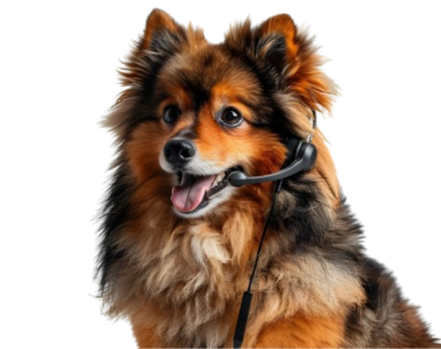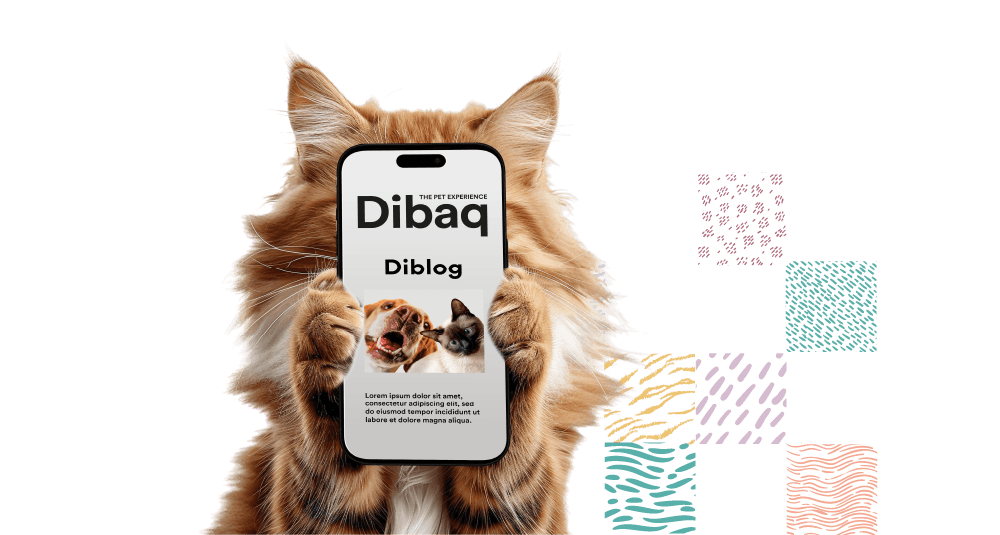Strategies for dealing with separation anxiety when returning to routine
After enjoying the summer and spending more time with our pets, returning to our routine can bring about a significant change in their behavior. You may have already noticed this in these first weeks of September... This return to "normalcy" means spending less time at home, which can cause some dogs and cats to suffer from separation anxiety. If we add to this the arrival of a new pet in the home, it's essential to adopt strategies that help them adapt to their new environment and spend time alone without suffering stress.
What is separation anxiety?
Separation anxiety manifests when our pets experience nervousness, stress, or distress when left alone. This can translate into unusual behaviors such as excessive barking, destruction of the home, or even digestive problems. Animals are emotional beings who form strong bonds with their owners, and a sudden break in that bond can significantly affect them.
.png)
How to help your pet adapt to a new routine
Here are some helpful strategies to make this transition easier for your furry friend:
1. Create a predictable routine: Animals are creatures of habit. Establishing regular schedules for meals, walks, and playtime can give them a sense of security, even when you're not home.
2. Gradually accustom your pet to being alone: If your pet has spent a lot of time with you during the summer, it's important to reintroduce alone time gradually. Start with short absences and gradually increase the time to make your pet feel more comfortable.
3. Interactive toys and mental stimulation: Leaving toys that keep him entertained while you're away can be a great way to prevent boredom and anxiety. Food-dispensing toys or brain teasers are perfect for keeping his mind occupied.
IDEA! How about using Dibab Sense's functional snacks in your dispenser toys? You'll be able to offer variety and quality.
.png)
4. Leave something with your scent: A personal item, such as a t-shirt or blanket with your scent, can have a calming and comforting effect on your pet when you are away.
5. Keep goodbyes and welcomes low-drama: Although it's tempting to shower them with affection every time we leave or return, this can increase their anxiety. Try to keep goodbyes and greetings calm and low-key.
.png)
What to do if you have a new pet?
The arrival of a new member to the family is an exciting time, but it can also be a challenge for them to get used to being alone. We recommend:
- Provide a safe place: A space where your new pet feels comfortable and protected, such as a bed or quiet area, will be key to making them feel at peace when you're not around.
- Gradual introduction to solitude: As with pets already accustomed to your company, it's crucial that new members not be left alone for long periods at first. Spend time with them and then gradually increase their periods of independence.
.png)
- Socialization: If possible, socialize your new pet with other animals or people. This can reduce emotional dependence and give them confidence in their new environment.
Be patient and give them love
The key to helping your pet overcome separation anxiety is patience. Some animals adapt quickly, while others may need more time and support. Be sure to reinforce good behavior with affection and rewards, and if anxiety persists, don't hesitate to consult a professional.
Remember, both dogs and cats are capable of adapting to changes, but they need our help to do so in a healthy and happy way. With a little effort and the right strategies, your pet can enjoy peace of mind, even when you're not around.
Share this content















